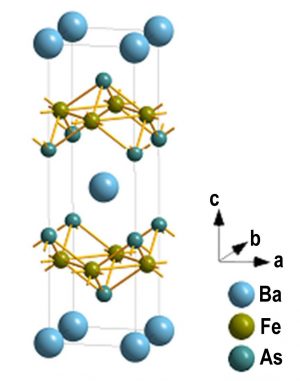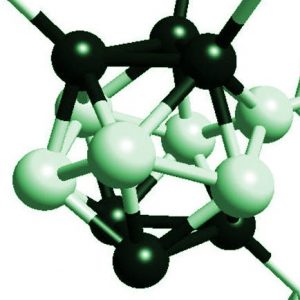Solids, surfaces, interfaces and materials: The ability to understand and foresee properties and functionalities for future materials relies on the comprehension of various fields of science and technical skills, ranging from the most fundamental to potential applications. DRECAM activities in the field rest on strong capabilities in solid-state physics and physical chemistry: theory and simulation, surface and interface sciences, magnetism, superconductivity, optical and opto-electronical properties of materials…. Fundamental research in these domains is heavily dependent on innovative technological developments, as well as on the use of large installations (including powerful lasers, synchrotron radiation and neutron diffraction)







